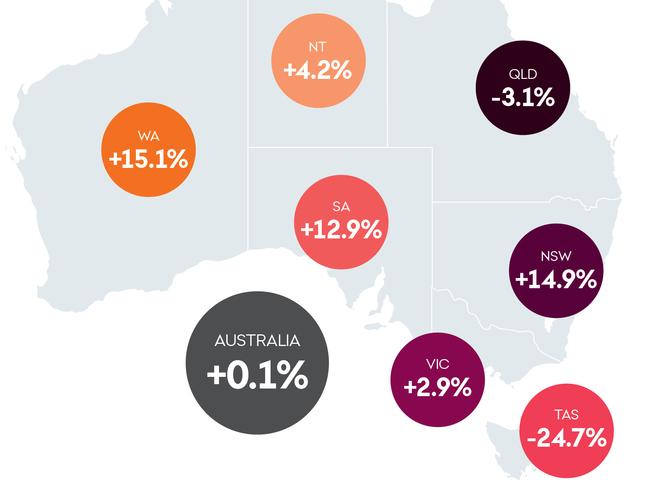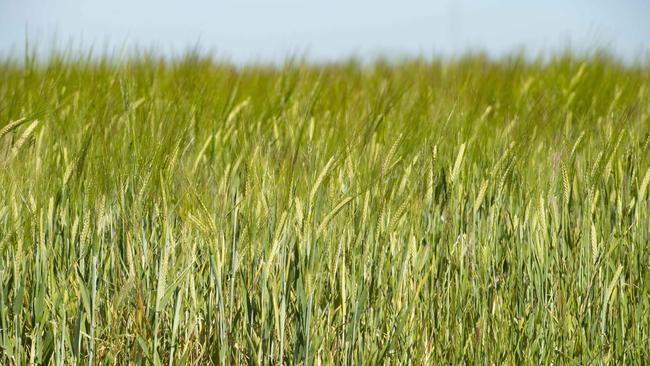Rural Bank mid-year Australian Farmland Values Report 2023: How farmland prices have changed so far this year
Drier seasonal conditions and declining sheep and cattle prices have hurt farmland values in the past year. See the latest region-by-region prices.
Rural land values across Australia have reached an inflection point with farmland prices flattening and the number of sales at the lowest levels in a generation.
The median price of Australian farmland in the first half of 2023 increased by just 0.1 per cent higher compared to a year earlier, while at the same time transaction volumes have declined to the lowest levels seen in the past 28 years, according to Rural Bank’s mid-year Australian Farmland Values Report.
Rural Bank senior insights manager Greg Kuchel said so far this year the value of cropping land has outpaced grazing country land values.
“While the overall national trend was a lack of growth in land values, median price growth in cropping regions generally kept pace with recent years as demand was sustained into early 2023 following another strong winter crop in 2022, with median values increasing in SA, Western Australia and NSW,” Mr Kuchel said.

“In contrast, demand in grazing regions was weakened by declining livestock prices and far weaker median price growth in Victoria and the Northern Territory, followed by negative growth in Queensland and a dramatic decline in Tasmania, largely confined to the northern region of the state.”
Overall across the nation the number of transactions in Australia was 40.2 per cent lower than in the first half of last year and 27 per cent lower than the second half of 2022.
“Farmland transaction volumes are the lowest in a generation as potential vendors sit tight and more caution is exercised by purchasers weighing up their options amid a combination of falling commodity prices, drier forecast conditions and the prevailing view that interest rates will at the very least, hold around current levels for some time,” Mr Kuchel said.
The report found Victoria’s median price per hectare softened to $13,035 a hectare, a 2.9 per cent increase year-on-year, but 11.1 per cent lower than the second half of 2022.

By region, Victoria’s cropping districts fared the best with year-on-year median price per hectare growth of 46.4 per cent in the Mallee to $5921, while in the Wimmera there was a 13.3 per cent increase to $10,972 a hectare.
In central Victoria and Gippsland, farmland values contracted by 8.6 and three per cent year-on-year.
Meanwhile in the NSW Riverina farmland values were some of the best performed compared to other regions in the state, with the median price per hectare increasing by 18.3 per cent year-on-year to $8491, outpaced the rest of NSW which recorded a 14.9 per cent increase in land values year-on-year.





